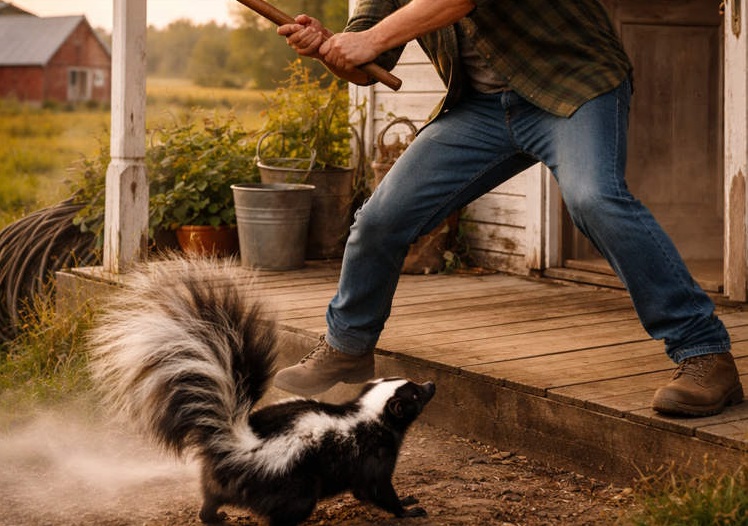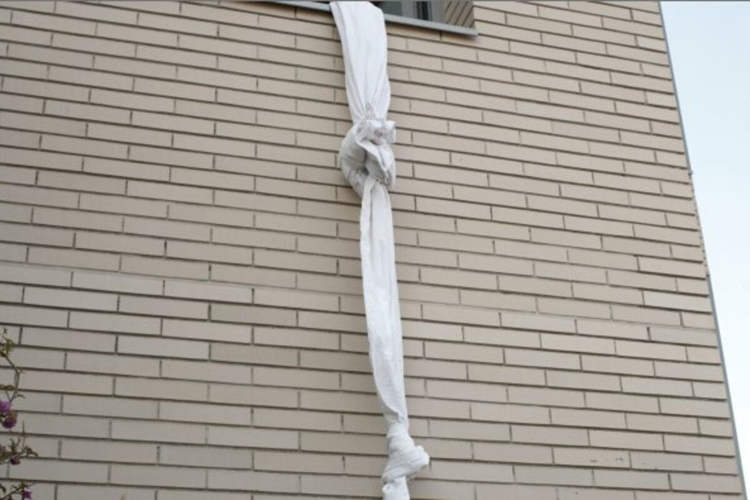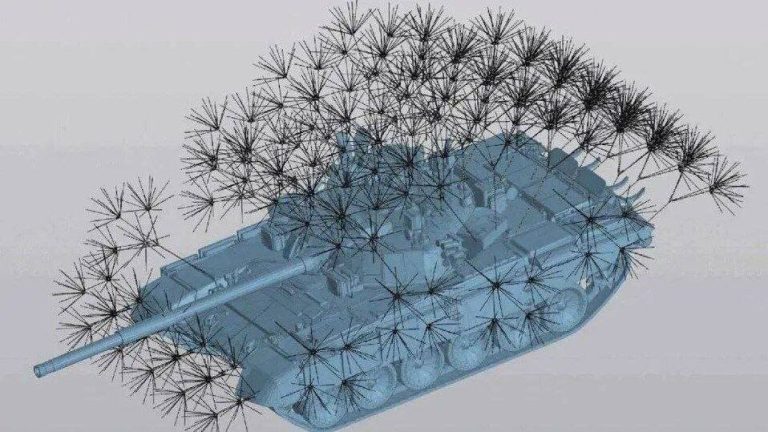A century old ritual in India dictates that those considered low-caste Hindus must roll in the remains of food eaten by members of a higher caste. But it’s not the ritual itself that’s strange. The strange part is that while social activists are actually seeking to outlaw the practice, the ‘low-caste’ Hindus don’t want to stop rolling in the leftovers.
The ritual, called Madey Snana (Spit Bath) is specific to the state of Karnataka, during an annual event at the famous 4000-year-old Kukke Subramanya temple in the coastal district of Mangalore. It is also followed at the Sri Krishna temple in Udupi town. As a part of the century-old Snana, Dalits (members of a lower caste) roll over leftover food eaten by Brahmins (the upper caste) every year, in the belief that all their troubles will disappear and ailments will be cured. It is practiced every year on the festival of Champa Shasti or Subramanya Shasti. Last year alone, 25,000 people rolled over the ‘spit’ of the Brahmins. This happened even as the district administration watched helplessly after their attempts to ban the practice failed.

Photo: Desi Dime
According to lower-caste Dalit welfare organizations, the Snana ritual is ‘inhuman’ and ‘unacceptable’. “If it can cure diseases effectively, the state government should close down all the medical colleges and hospitals,” Panditaradhya Shivacharya Swami remarked sarcastically. He drew tremendous applause from a meeting of holy men in the state’s capital city, Bangalore. “This evil is not less than the tradition of Sati (the banned practice of burning widows on the funeral pyres of their husbands) and child marriage and the government must act tough,” he said. Social Welfare Minister A. Narayanaswamy, also a Dalit, is furious about the practice. “It promotes untouchability,” he said. “I don’t care which caste rolls over the leftover spit of the Brahmins. Irrespective of whether Brahmins themselves do the rolling or it is the lower castes, the practice is disgusting and unscientific. I have sought a report on the matter, but I am clear on the issue. The social welfare department will formally write to the muzrai (temples and endowments) department, demanding a ban,” he had said last year.
For all the efforts made, the practice was actually banned last year, as announced by the district Deputy Commissioner (DC) N.S. Chennappa Gowda. He had taken the decision after several protests made by activists. But the day before the Madey Snana, things took a turn for the worse. The DC was forced to lift the ban after coming under pressure from the Dalits and the government. A particular section of the Dalits, called the Malekudiyas, insisted that they be allowed to practice their ancestral tradition. They threatened that if they weren’t, they wouldn’t take part in any of the events scheduled at the temple during the festival. After a social activist, K.H. Shivaram was beaten up for protesting against the practice, the ban had to be lifted and devotees allowed to pursue their ritual.
An explanation for the otherwise bizarre-sounding Snana is given by one of its staunch believers, astrologer Kabyadi Jayarama Acharya. According to him, the Snana has nothing to do with caste distinctions. “The Brahmins who eat there are considered the representatives of Lord Subramanya himself, and their spit is that of the Lord. When I was 16, I myself rolled on the food and got my skin ailment cured. (According to legend) Lord Krishna’s son Samba was cured of leprosy after rolling on the leftovers, as stated in the Skanda Purana (an ancient text). All castes roll on food and believe their problems will get solved. It is a psycho-therapeutic solution that also has its roots in Ayurveda. It should not be banned without some scientific basis,” he said. Activists, however, are quick to dismiss Acharya’s theory. They say that the ‘scientific basis’ may have been true many years ago when the shrine used to be a snake pit. “The mud from the snake pit was said to have healing capabilities, so perhaps that is how the practice began. But later it took the shape of a Vedic ritual and came to be dominated by upper caste people. It is nothing but an affront to the dignity of human life,” insisted activist K.Y. Narayanaswamy.
While the debate over the need for the ritual continues, the only way it can be banned is if the people practicing it are convinced. And that, for now, might just take a very long time.
Sources: India Today, BBC













